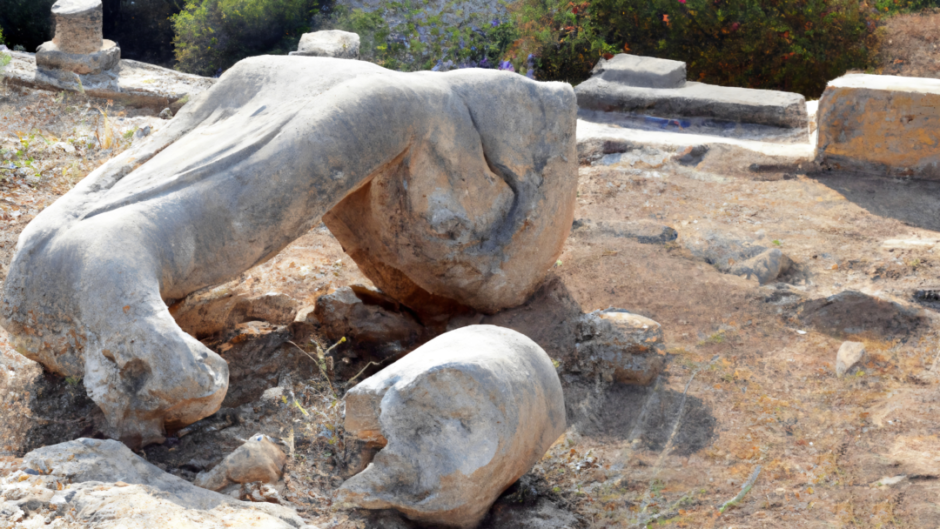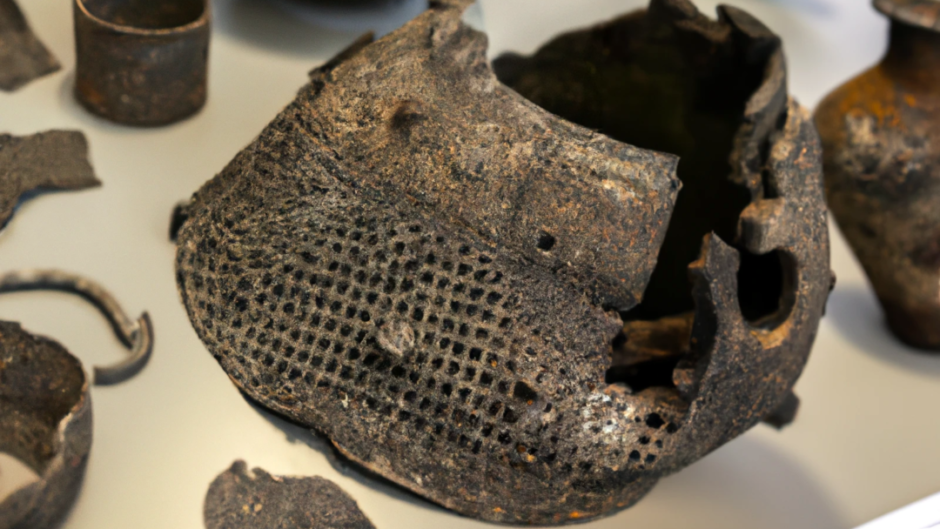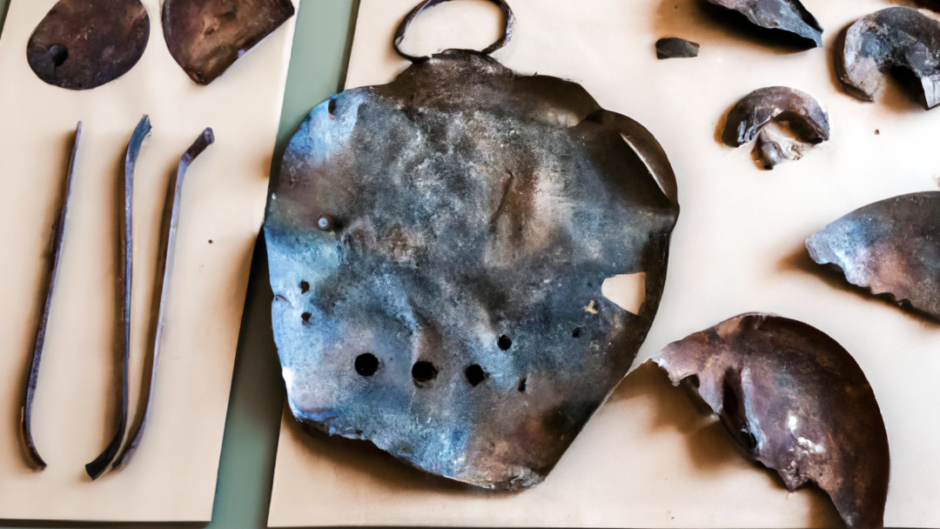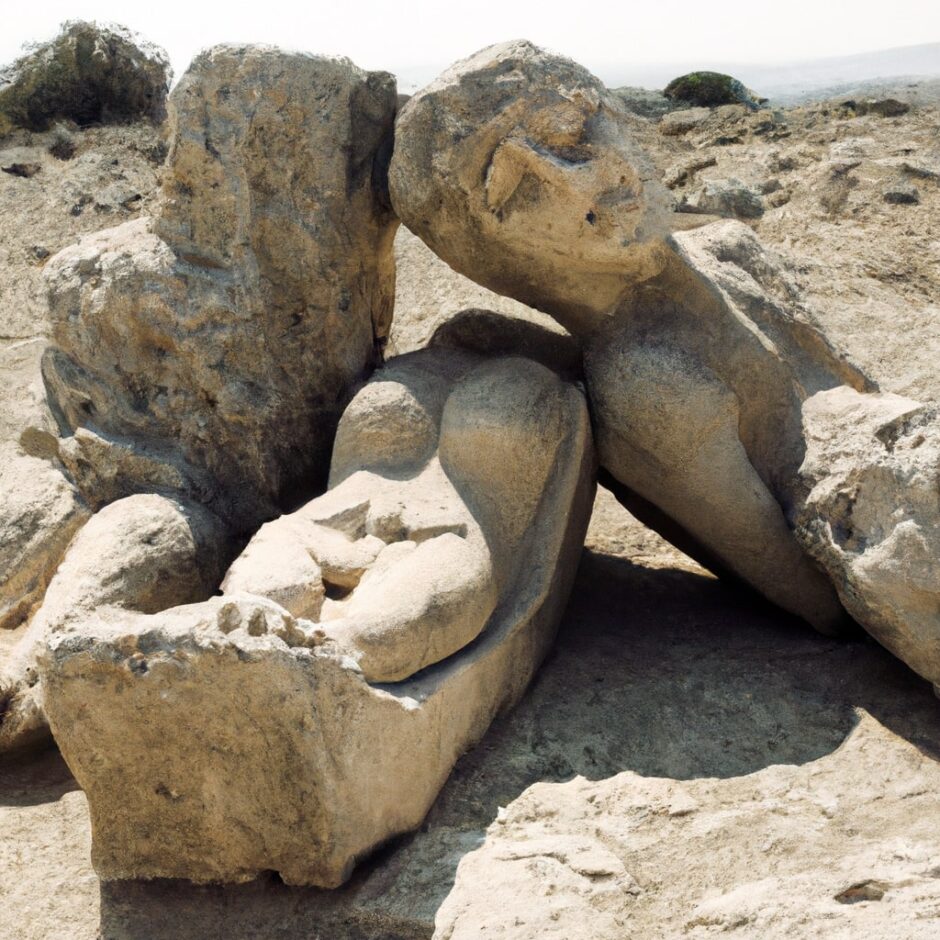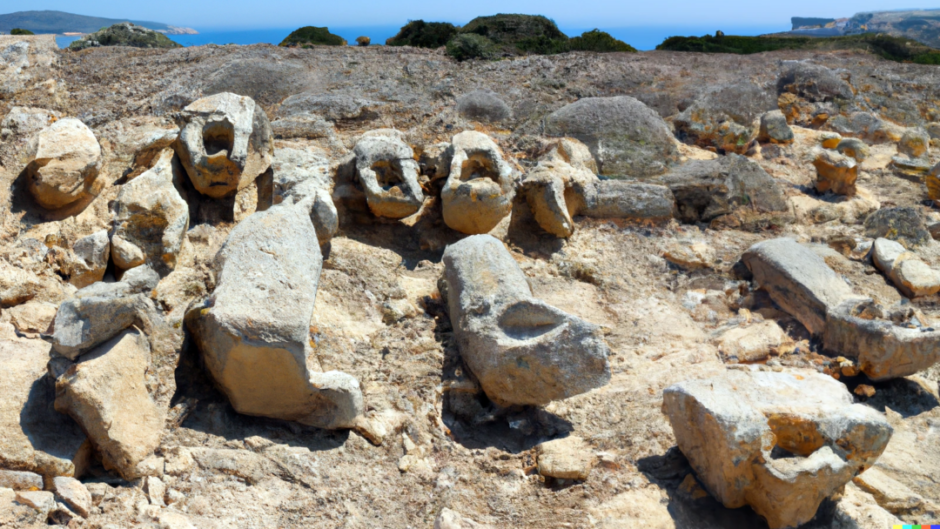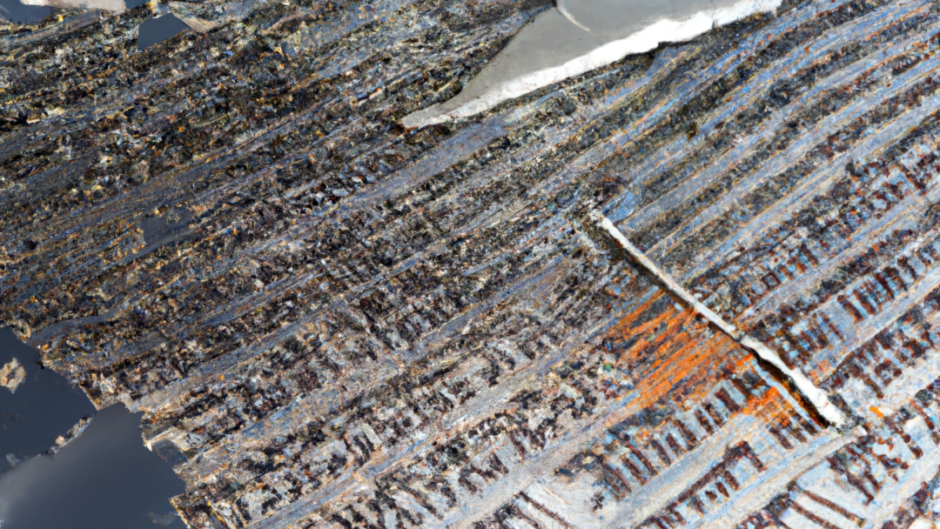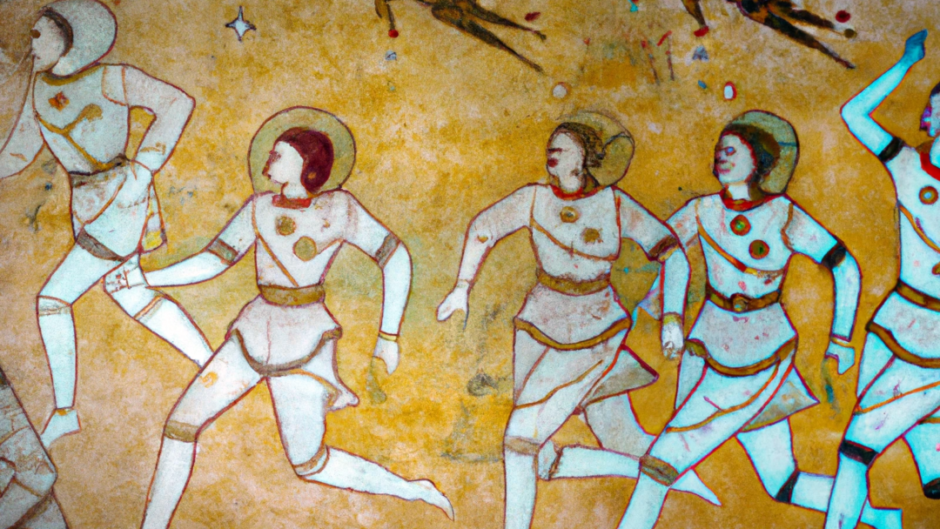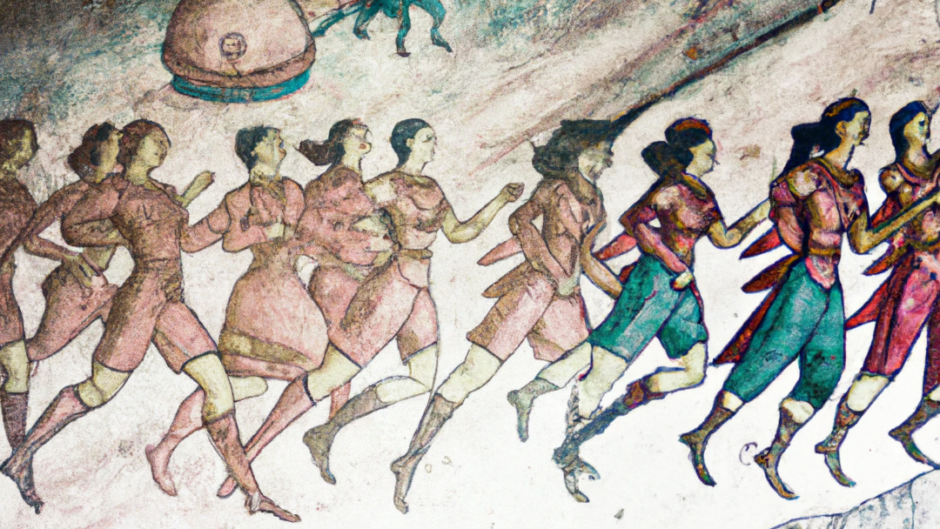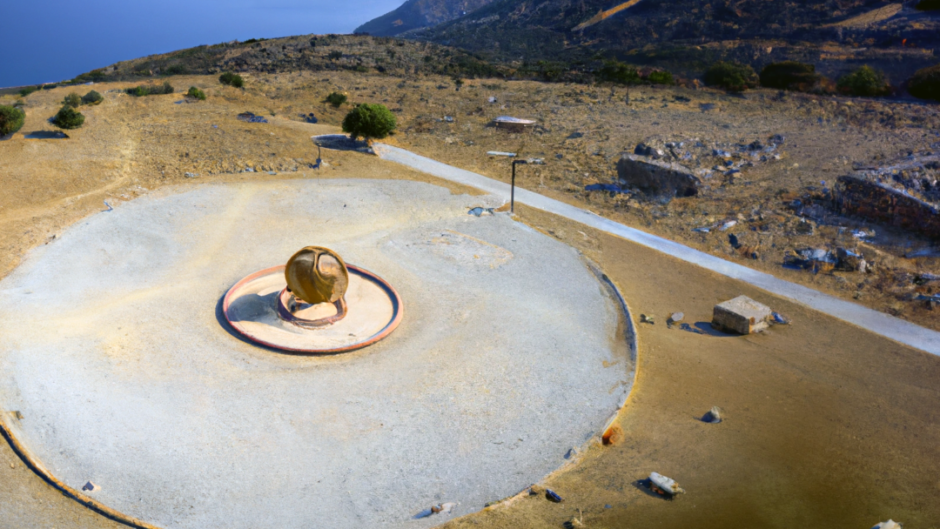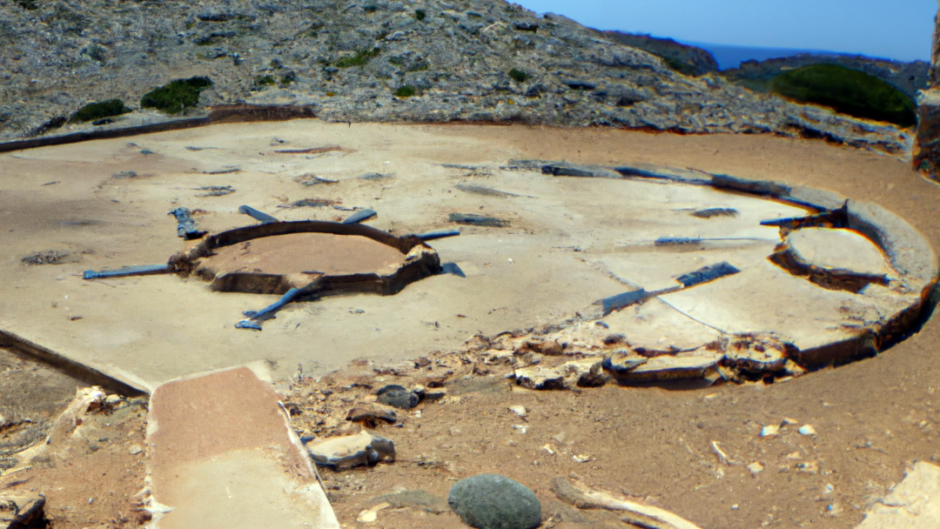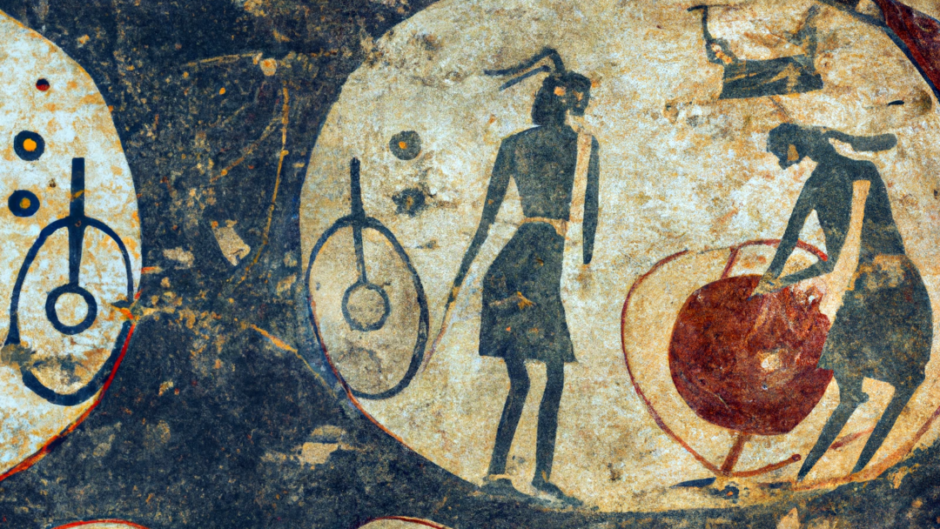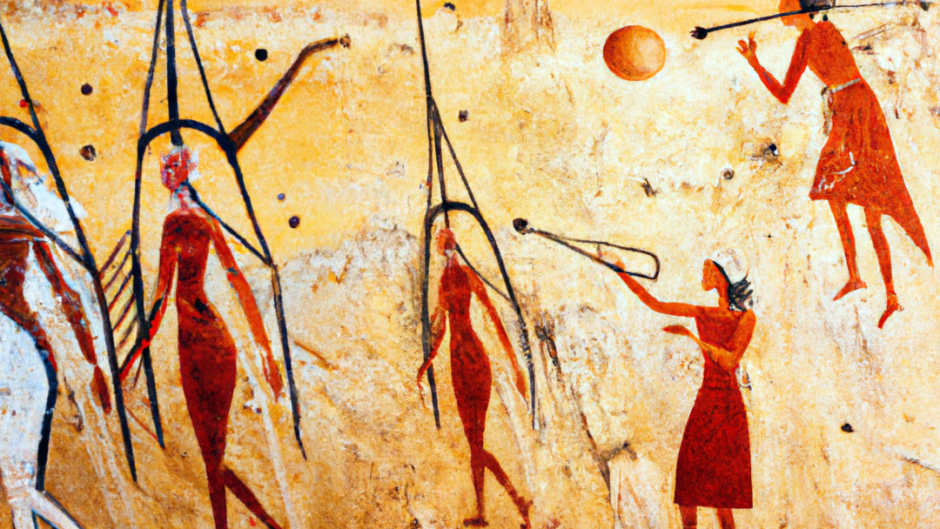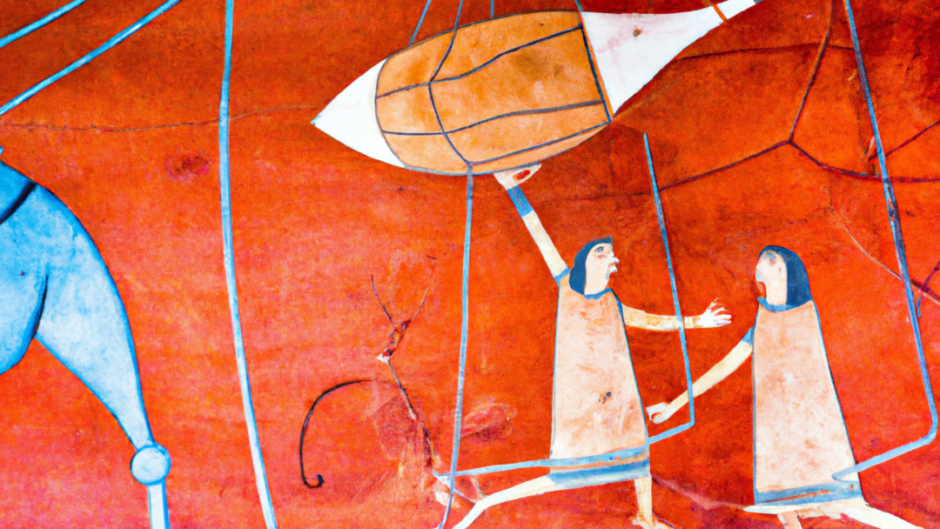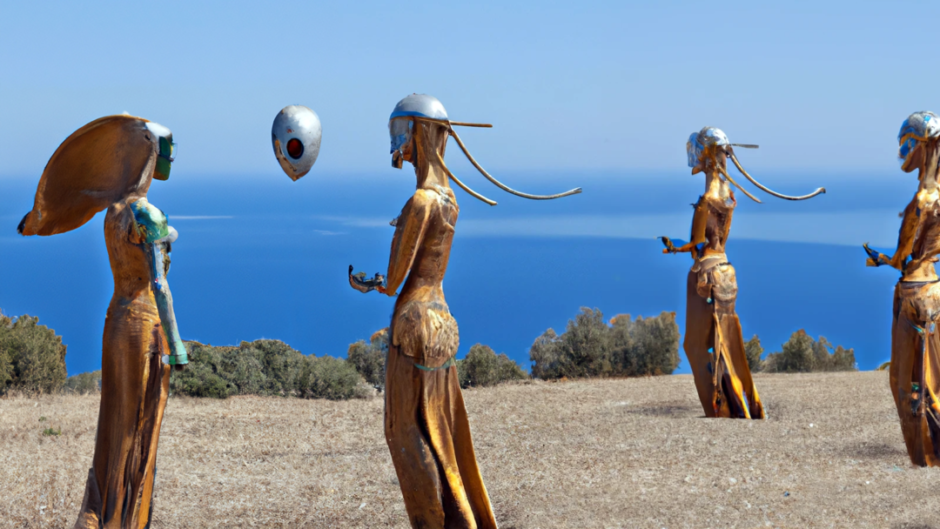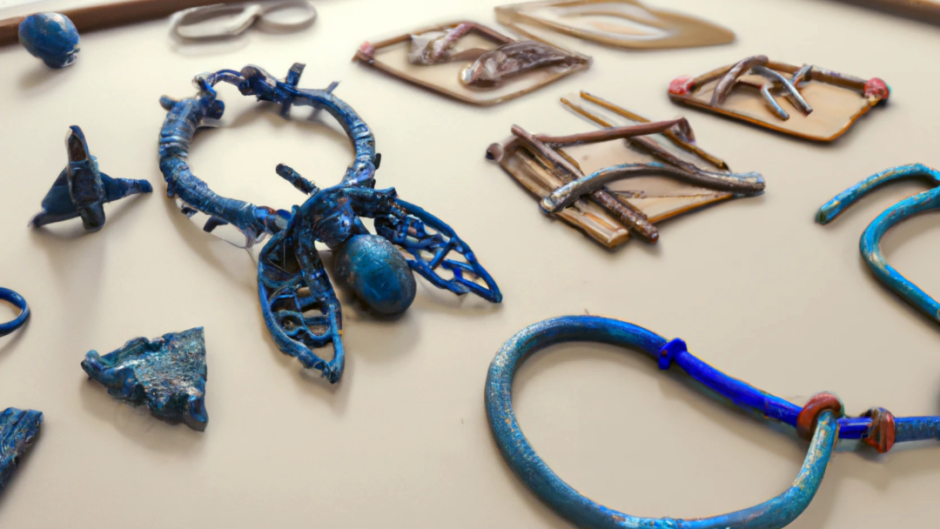This project deals with creating a history to the place where Israel exists today using artificial intelligence. The photographs “document” archaeological research by the Israeli Antiquities Authority, which revealed discoveries proving the existence of utopian tribes of women who were fed up with patriarchal conventions, left their homes and established communities that flourished in the coastal plain until 1000 BC. The research claims that these women, who called themselves the “golden sheaf”, established political and cultural centers and thriving trade as well as literary, technological, artistic, and scientific progress and had tight connections with the Minoan culture in Crete. There are many speculations about the reasons for the extinction of this culture, some of them linking it to a massive “witch hunt” by the local population, which saw them as a threat to the monotheistic and patriarchal Kingdom of Israel. The research lays out three central periods in the lives of these women: Antiquity-Gina, Mitzi-Gina and Hadath-Gina. Around 3500 BC, the tribes of the Golden Sheaf began to converge and form on the coastal plain, and a trend of economic, social, cultural, and technological development began that heralded the beginning of the Antiquity-Jinnah period. This period is characterized by the establishment of an egalitarian political system and the consolidation and refinement of scientific research. The Mitsai-Gina period, around 2200 BC, began with the development of sophisticated launching vehicles for research, communication, photography, navigational meteorology, and other missions. At that time, leading schools of philosophy were founded, many plays were written, and magnificent buildings were erected in the northern regions of the coastal plain. The Hada-Gina period probably began around 1200 BC and is characterized by the expansion of living areas southwards and the construction of an elaborate computer network and in-depth research on the essence of the cosmos and the infinite.
The use of artificial intelligence as a creative means allows for an interpretive game that uses existing material to generate fiction. It is intended to deceive and sabotage the social, cultural, and political narratives established by a culture from the dawn of its patriarchal existence to the present day and to reflect to the viewer the absurdity of our belief and confidence in them. The collaboration with the software allows me to ask more clearly the question What if? Or alternatively why not?
